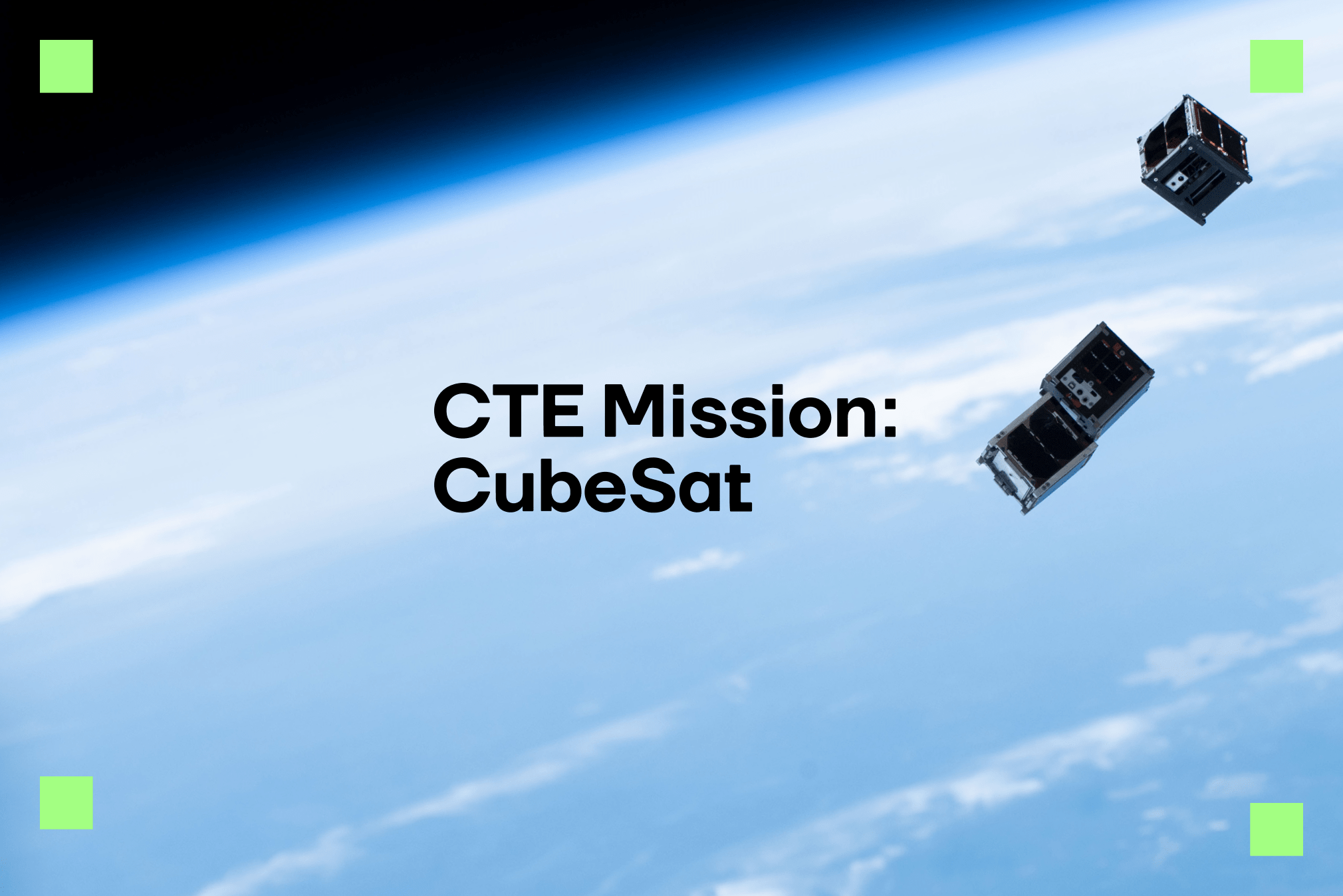New Ed Prizes challenge invites high schools to design and build small satellite prototypes
Investors predict that space will be the next trillion-dollar industry — and realizing that vision will require a skilled workforce. Introducing students to space-related skills and projects can help fill future talent pipelines and open pathways to rewarding careers. But how do you prepare students for today’s careers, as well as jobs that don’t yet exist? And how will teachers have the confidence to facilitate STEM instruction if they aren’t aerospace or engineering experts?
This week, the U.S. Department of Education launched CTE Mission: CubeSat, a national Ed Prizes challenge to build technical skills for careers in space and beyond. The Department invites high schools to bring space missions to students by designing and building CubeSat prototypes — in the classroom or at home. This multiphase challenge, designed and produced by Luminary Labs, offers students the chance to build small satellite prototypes while learning creative, collaborative, and technical skills for 21st-century careers.
To enter, schools should form a team and submit a mission proposal by October 16; no in-person collaboration or prior experience with CubeSats is required. Up to five finalists will be selected to receive prizes and participate in Phase 2, which runs from January to May 2021. Finalists will have access to expert mentorship and additional virtual resources as they build CubeSat prototypes and plan flight events to launch their prototypes.
Each finalist will receive an equal share of the $25,000 cash prize pool as well as satellite development, hardware, and software kits. Challenge sponsors include Arduino, Blue Origin, Chevron, EnduroSat, LEGO Education, Magnitude.io, MIT Media Lab, and XinaBox.
To learn more, schools can join a virtual information session on September 1. Subscribe to the CTE Mission: CubeSat newsletter to receive all future challenge updates.

